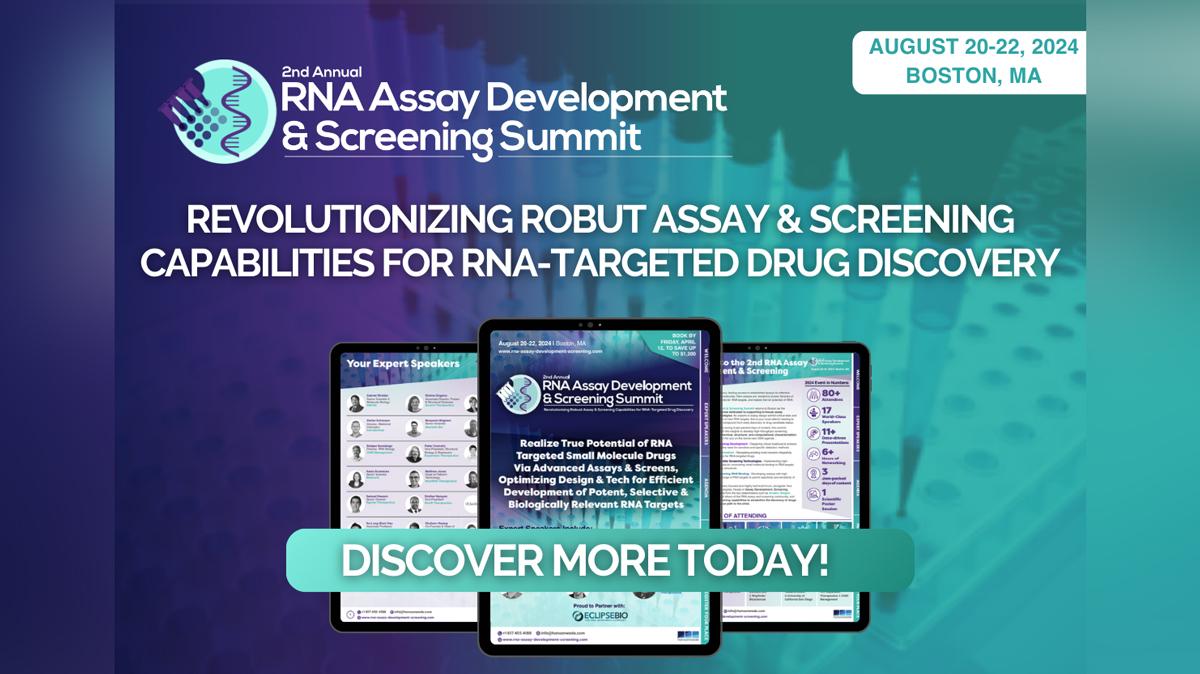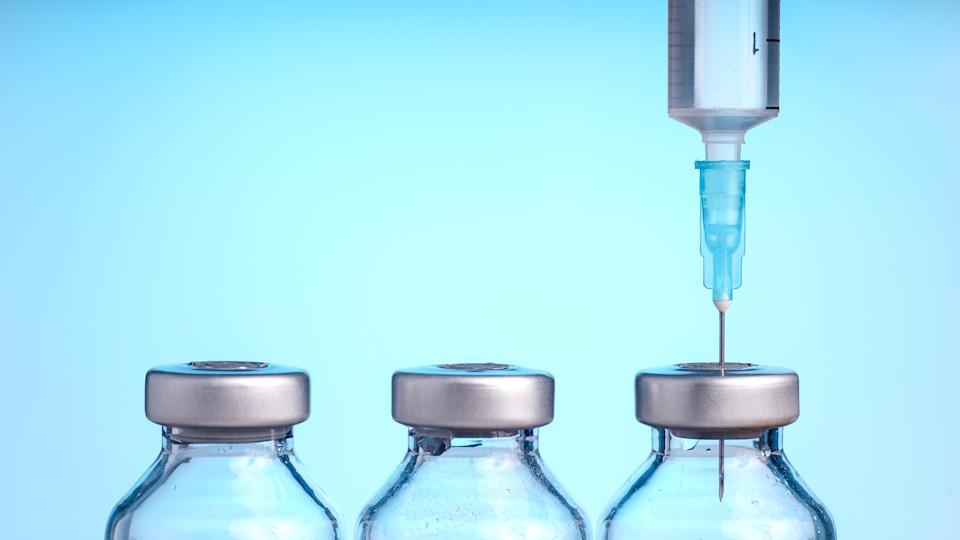A history of Abbott and AbbVie

This month, we explore the 125-year-old history of Abbott Laboratories and its most significant milestone to date – the creation of its own independent company, AbbVie.
In 1888, a 30-year-old man named Dr Wallace C. Abbott founded the Abbott Alkaloidal Company. Dr Abbott had only graduated from the University of Michigan three years previously, and was a practicing physician and owner of a drug store. Using the active part of a medicinal plant, known as the "alkaloid", he formed tiny pills called "Dosimetric granules". These provided more accurate and effective dosing for his patients than any other treatments available at the time. The company's first year sales came to a total of US $2000.
As the demand for these granules increased, so did Abbott Alkaloidal Company, and one of the world's most broad-based healthcare companies was born. By 1910, there were over 700 new products in the Abbott catalogue. The company had expanded too, with branches in New York, San Francisco, Seattle and Toronto, as well as a European agency in London and business in India.
To reflect the company's growing research orientation and move into synthetic compounds, the name was changed to Abbott Laboratories in 1915.
During World War 1, Abbott's antiseptic agent, chlorazene, was used to clean wounds on the battlefields.
In 1921, Dr Abbott died and Dr Alfred Stephen Burdick is named president of the company. Eight years later Abbott is listed on the Chicago Stock Exchange – the offering was 20,000 shares for $32 each.
"To reflect the company's growing research orientation and move into synthetic compounds, the name was changed to Abbott Laboratories in 1915."
It was during the 1920s when the development of Butyn, a butyl alcohol-based anesthetic, marked the beginning of Abbott's long, productive and ground-breaking involvement in the field of anesthesia. By 1930, the anesthetic Nembutal was introduced – this went on to become Abbott's best-known and longest-lived products. In 1936, Pentothal, another anesthetic agent, was introduced. Fifty years later its developers, Abbott scientists Drs. Ernest Volwiler and Donalee Tabern, are named to the U.S. Inventors Hall of Fame for their discovery of the compound. The company is among the pioneers of the I.V. business, supplying hospitals with bulk intravenous solutions.
Abbott reaches 50
Abbott celebrated its 50th anniversary in 1938 with the dedication of a new, state-of-the-art research center in North Chicago.
In 1941, the US Government enlisted Abbott as one of five pioneers to develop a large-scale production of the new anti-infective penicillin.
One of Abbott's first of many epilepsy treatments was introduced in the year of 1945 and was called Tridione.
Abbott's inquest into radiopharmaceuticals
In 1946, Abbott became the first pharmaceutical company to have a special laboratory for radiopharmaceuticals – a move that led to the creation of the world's leading immunodiagnostics business. Radiocaps, capsules containing an accurately controlled, invisibile and un-weighable film of radioiodine that simplifies the diagnosis and treatment of thyroid disorders, was introduced in 1953. During the 1960s, Abbott entered the Japanese market through a joint venture with Dainippon Pharmaceutical Co., Ltd, to manufacture radiopharmaceuticals.
In 1963, the company had created the Triosorb diagnostic test kit. This test kit no longer required a patient to swallow a radioactive substance. Instead, it allowed for a blood sample to be inoculated with a radioactive form of thyroid hormone.
Ausria, a radioimmunoassay test to detect serum hepatitis, was launched in 1972 and marked the beginning of Abbott's immunodiagnostics business. A year later, the Abbott Diagnostics Division was formed to bring together the company's diagnostic products and services.
"In 1946, Abbott became the first pharmaceutical company to have a special laboratory for radiopharmaceuticals..."
In 1977, TAP Pharmaceuticals is formed as a joint venture between Abbott and Japan's Takeda Chemical Industries.
Abbott in the 80s onwards
As its centennial approached, Abbott reached a few more product milestones during the early 1980s. Firstly, the TDx therapeutic drug montiroing system was introduced, followed by the US approval of a new epilepsy treatment, Depakote (divalproex sodium).
Then, in 1985, Abbott launched the world's first HIV antibody assay. In 1996, one of the first protease inhibitor drugs indicated in combination with other antiretroviral agents for the treatment of HIV was launched. This drug is called Norvir (ritonavir).
By the end of the 90s, Abbott had entered into the hematology testing market following the acquisition of Sequoia-Turner Corp. It had also acquired MediSense, Inc., marking the company's entrance into glucose monitoring for people with diabetes, and Perclose, a leading vascular closure devices company, marking the company's entry into vascular care. Also, a next-generation diagnostic system, ARCHITECT, had been launched.
Throughout the 2000s, there were many more significant product approvals and acquisitions.
Kaletra (lopinavir/ritonavir), a next-generation treatment used in combination with other antiiretovirol agents for HIV, was approved in 2000, followed by the approval of Humira (adalimumab) in 2002. Humira is a treatment for moderate to severe rheumatoid arthritis, the first of six disease indications it has received en route to becoming Abbott's most successful product ever.
Abbott acquired the pharmaceutical business of BASF, including the global operations of Knoll Pharmaceuticals, expanding the company's global scope and biotech capabilities. Vysis, Inc., a leading genomic disease management company, was acquired the same year to strengthen Abbott's position in the molecular diagnostics market. The Vysis UroVysion molecular test to monitor for recurrent bladder cancer was approved.
In 2003, Abbott acquired JOMED's coronary and peripheral intervention business lines, and entered the healthy-living nutrition category with ZonePerfect Nutritional Co.
"Throughout the 2000s, there were many more significant product approvals and acquisitions."
Abbott Diabetes Care was created in 2004 with the acquisition of TheraSense Inc., a leading blood glucose monitoring business. The diagnostics portfolio was expanded with the addition of i-STAT Corp., a maker of point-of-care diagnostic technologies and EAS Inc., a leader in performance nutrition products, was also acquired.
In 2006, Abbott acquired Guidant, a leader in coronary and vascular products, and Kos Pharmaceuticals, a speciality pharma company with a significant lipid management portfolio. In 2009, Ibis Biosciences was acquired, as was Advanced Medical Optics, Visiogen and Evalve.
To focus on its growing position in emerging markets, Abbott created the Established Pharmaceuticals Division in 2010.
The creation of AbbVie
In 2011, Abbott announced it was to separate into two leading healthcare companies by the end of 2012. One was to be a diversified medical products company – Abbott – and the other, a new researched-based global biopharmaceutical company – AbbVie.
In January 2013, AbbVie was formed. It began trading independently on the New York Stock Exchange on the 2nd January under the symbol "ABBV".
Miles D. White, chairman and chief executive officer, Abbott, in a press release from the 2nd January 2013.
According to AbbVie, the company has "the stability, resources, expertise, and passion to discover, develop, and bring to market ground-breaking science to solve the biggest health problems that face the world today and tomorrow."
"A total of ten programs are currently in phase 3 clinical development..."
Today, AbbVie employs approximately 21,000 people. The company's CEO and Chairman of the Board is Richard A. Gonzalez. Prior to AbbVie's separation from Abbott, Mr. Gonzalez was a 30-year Abbott veteran. He served as Executive Vice President, Pharmaceutical Products Group, where he led the global pharmaceutical business, including commercial operations, research and development and manufacturing. He also served as President and Chief Operating Officer, prior to a brief retirement.
AbbVie is currently addressing serious health issues in the following six areas: hepatitis C virus, neuroscience, immunology, oncology, renal disease and women's health. Some of its current pipeline highlights include:
• A total of ten programs are currently in phase 3 clinical development
• Approximately 30% of its pipeline focus is on biologics
• It has nine new molecules from external sources in its pipeline since 2010
• There are 15 major regulatory submissions planned between 2013 - 2017
Abbott as we know it
Abbott Laboratories began its 125th year with approximately $22 billion in revenues and approximately 90,000 employees. The company now operates in over 150 countries around the world – 30% of its revenues is generated in the United States, 30% from Western Europe, Canada, Japan and Australia and 40% from the fastest-growing economies, including India, China, Russia and Brazil. Abbott's presence in these high-growth markets is among the most expansive of any diversified healthcare company and is expected to reach nearly 50 percent of sales by 2015.
"Abbott Laboratories began its 125th year with approximately $22 billion in revenues..."
The company headquarters are in Abbott Park, North Chicago, Illinois. Its current CEO is Miles White.
Abbott is now comprised of four equally-sized businesses – diagnostics, medical devices, nutritionals and branded generic pharmaceuticals. According to its website, it remains committed to the people it is here to serve:
"For patients and consumers, we are exploring the frontiers of health to develop better options and achieve better outcomes.
"For healthcare professionals, we are sharing our expertise across health disciplines to help create sustainable health solutions where they are needed the most.
"For our shareholders, we are developing the kind of essential, life-enhancing products that will ensure the enduring growth and success of our business.
"For our employees, we are honoring our heritage and our values by striving to make an even greater impact on health the world over."
We look forward to seeing Abbott and AbbVie continue to grow in the future.
General reference links:
• http://www.abbott.com/abbott-and-abbvie.htm
• http://www.abbott.com/about/history.htm
The next 'A history of...' article will be published on the 28th November.
About the author:
Hannah joined pharmaphorum in early 2012, after graduating with a degree in Magazine Journalism & Feature Writing in 2011, and leads our news coverage, in addition to liaising with new and existing feature authors. With over three years' experience working within the journalism industry alongside university, Hannah has written for a number of different print and online publications, within the women's lifestyle, travel and celebrity sectors. Now focussed on the pharma sector with her role at pharmaphorum, Hannah is embracing the challenges of working within a fast growing media organisation in this rapidly changing industry sector.
For any queries or contribution suggestions, please contact her here or via Twitter @Hannah_Blake2.
How do you think AbbVie will evolve over the next decade?












